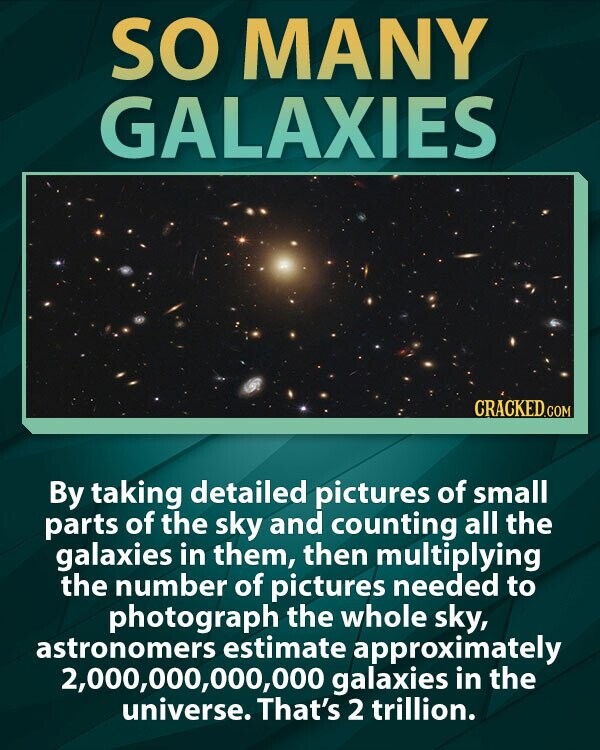15 Hardly Believable Facts About The Universe

The Universe is incredible. Consider that fact that all of its regular matter, including all of the particles that constitute us, and all visible to us account for only 4% of its total mass. In 1998, we identified the Universe's primary mass portion, which accounts for 70% of its mass. Scientists call it dark matter, even though no one knows exactly what it is.
Although there is still much to learn, some of our fellow hairless apes on our small, moist rock have discovered some amazing facts about our universe. There are some amazing facts about the small but fascinating part of the cosmos we've seen so far, as well as what may still exist.
The Universe is a fascinating place. So we went ahead and collected nine of the most amazing recent space breakthroughs. Are you excited? More information on our amazing Universe can be found here. So keep scrolling down and discover what we have brought for you.

Source: universetoday
Supermassive Black Holes

Source: skyatnightmagazine

Source: skyatnightmagazine

Source: skyatnightmagazine
The Universe

Source: space.com

Source: space.com

Source: space.com

Source: businessinsider
The Universe

Source: space.com

Source: businessinsider
Galaxies

Source: bigthink

Source: bigthink

Source: nineplanets
Neutron Stars

Source: businessinsider
The Milky Way

Source: lifehack